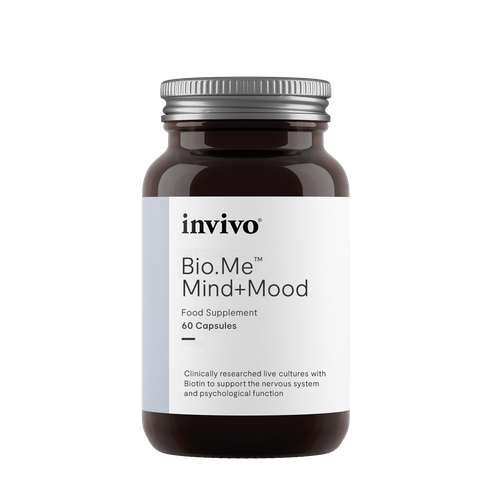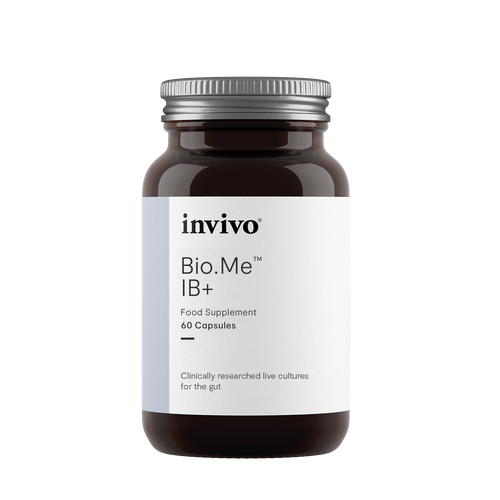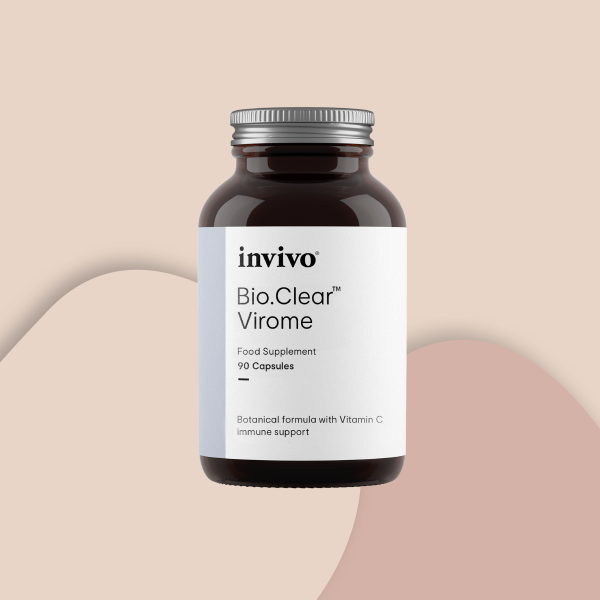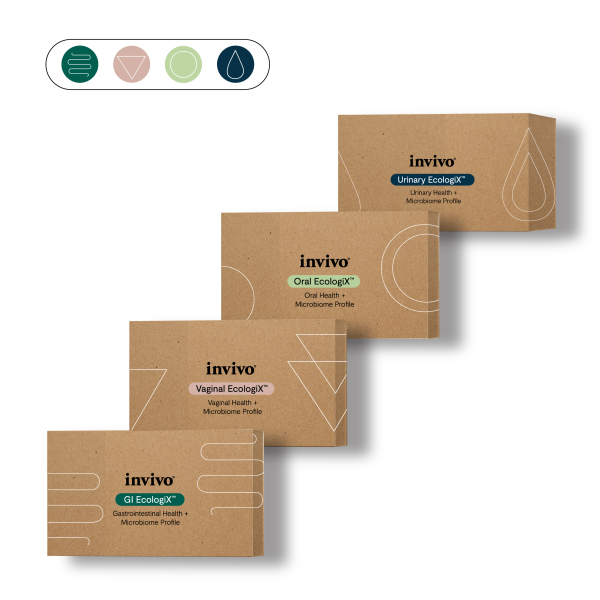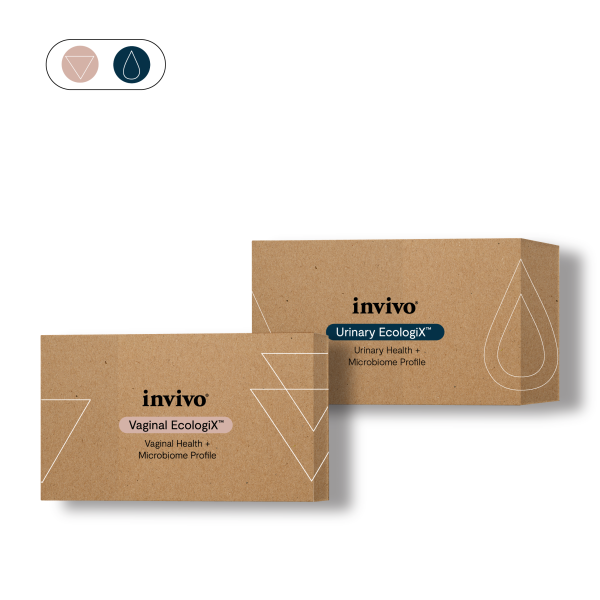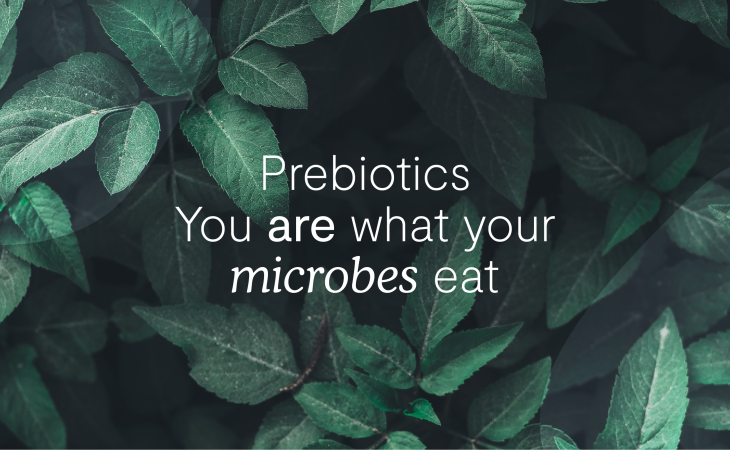In a world where more and more people are showing interest in the human microbiome and their own gut health, navigating the expanding world of ‘biotics’ can be confusing. While many are familiar with ‘antibiotics’ and ‘probiotics’, less are familiar with the other types of ‘biotics’, such as ‘prebiotics’. Let’s turn to a food analogy to help us explain.
Think of a sourdough starter. You add flour, rich in nutrients and wild probiotics, and water into a jar. After several days of feeding your starter, the mixture starts to bubble. So what exactly is happening? The flour provides fuel for the wild probiotics, which they ferment. The probiotics produce important acids as a by-product of this process. These acids create an environment in the jar which enables a diverse, balanced colony of microbes to thrive, often for decades if nurtured!
Prebiotics: The ‘Fuel’
The story begins with prebiotics, the fuel for the indigenous microbes living in our gut. Scientific research continues to deepen our understanding of, and appreciation for, their benefits for human health, including but not limited to:(4,5)
- Improved nutrient absorption, especially of minerals such as iron and calcium
- Improved resilience of the gut to infection
- Maintenance of a healthy gut barrier
- Maintenance of a strong, balanced immune system, including a reduced risk of atopy and infection
In the UK, many of us don’t get enough fibre, and this is made worse by the popularity of processed foods in Western countries. When we compare this to ancient and modern hunter-gatherer communities, the difference in fibre intake becomes clear. For example, the Hadza people in northern Tanzania eat around 80- 150g of fibre each day. In contrast, the average intake in the USA and similar Western countries is only about 20g(6,7). Even in the UK, where people typically have about 20g a day, it’s still much less than the government’s recommendation of 30g(8).
The International Scientific Association for Probiotics and Prebiotics (ISAPP) says we need at least 5g of prebiotics daily for health benefits(9). Unfortunately, many of us are missing out on these benefits as well, and this doesn’t just affect our own health— it could impact future generations too. An important animal study led by Sonnenburg et al.(2016) found that multiple generations of animals on a low microbiota-accessible carbohydrate (MAC) diet had a decreasing variety of gut microbes that didn’t fully recover even when dietary fibre was reintroduced(10).
Looking after our gut isn’t just about us; it’s about the health of future generations.
Prebiotics & the gut ecosystem
Imagine a virgin rainforest, verdant and dense with life: insects rule the undergrowth and primates hoot from the canopy. Now see the loggers move in, chainsawing the forest’s leafy infrastructure, established over millennia, and bulldozing the rest. Imagine too a weed invading, perhaps having hitchhiked as a seed on the wheels of the diggers, and then crowding out the natives as it takes hold. The forest will regrow, given time, but it will not be the same pristine, complex, unspoilt habitat it was before. Diversity will drop. Sensitive species will die out. Invaders will flourish
– Alanna Collen
This brief tale of a virgin rainforest echoes the natural order of the human gut microbiota and the importance of species diversity. The more diverse the species composition of the gut microbiota, especially of the commensal communities, the better.(12) Every microbe performs its own unique and special function or task, which in turn feeds and supports each other. A superpower of many microbes is their ability to produce short chain fatty acids (SCFAs) which can go on to feed other commensal microbes, as well as, inhibit the growth of less favourable microbes, which together helps to enable a balanced, resilient gut ecosystem. These bacterial by-products can also benefit human health in other ways, say by supporting the gut barrier and modulating inflammation and metabolic health.(13)
The opposite is also true – the poorer the diversity of the gut microbiome, the worse it is for the gut and whole-body health. For example, it has been associated with rheumatoid arthritis (RA), diabetes, inflammatory bowel disease (IBD), and mental health disorders.(14) Since each microbe has its own preferred fuel source, we need to enjoy a diet rich in a wide variety of prebiotic compounds to ensure that a wide variety of microbes are properly catered for and can go on to grow and thrive in our gut.
Where to find prebiotics in food
Carbohydrate sources include dietary soluble fibres, such as galactoligosaccharides (GOS), fructooligosaccharides (FOS), xylooligosaccharides (XOS), raffinose, glucomannan, resistant starch, and inulin. Key foods include:
- Onions & leeks
- Garlic
- Jerusalem artichokes
- Dandelion greens
- Pulses and legumes e.g. lentils, peas
- Wholegrains (e.g. rye, millet, wheat, oats)
- Cooked and cooled potato and pasta
- Banana (especially unripe) & plantain
- Chicory root
- Asparagus
- Pistachio
- Konjac root
- Oats
- Corn cobs
Non-carbohydrate sources include nutrients found in the coloured pigments in plants, such as polyphenols from:
- All types of berries (e.g. cranberry, aronia berry, blueberry, goji)
- Red grapes
- Tea (e.g. green tea, oolong)
- Coffee, ideally organic
- Cacao, ideally a high percentage dark chocolate (at least 70%)
- Pomegranate
Our top tips for increasing prebiotic intake
With Food
Consume ‘wholefoods’ wherever possible. The more processed a food, the lower the micronutrient, protein, and fibre content and the higher the content of unwanted ingredients such as additives and sweeteners – all of which negatively impacts health.(21,22) A 2023 study of over 23,000 people found that those with the highest intake of ultra-processed food had a higher risk of psychological distress.(23)
Increase the diversity of your weekly plant intake of any type of plant, including herbs, spices, fruit, vegetables, and grains. The American Gut study discovered that eating more than 30 different types of plant per week was associated with a healthier gut microbial community, in contrast to those who consumed 10 or fewer. There was increased gut microbial diversity, more protective microbes such as Faecalibacterium prausnitzii, and fewer antibiotic resistance genes.(24) Remember what we said earlier about each gut microbe having different food preferences? Nourishing our gut with a wide variety of plants helps to ensure that a wide range of microbes are catered for.
- Track your diversity by tallying up how many different plants you eat each week.
- Aim for a couple of different colours at each meal – this will prompt you to add a few more plants to your dish.
- Herbs and spices count towards your weekly plant numbers, so challenge yourself to add some new ones into your meals.
- Try a new fruit/vegetable/herb/spice each week.
- Try consuming different colours/varieties of a fruit or veg e.g. red onion instead of white onion.
- Check out the Pesticide Action Network UK ‘Dirty Dozen’ handout to help you affordably shop organic to reduce pesticide exposure – which can have a negative effect on the gut microbiome.
- Try frozen berries or freeze-dried berry powders – these are a quick way to supercharge the foods which you consume regularly, such as smoothies or porridge.
- Cook and cool starchy plants, such as potatoes, root vegetables and wholegrain pasta, to transform the starch into the more microbiome accessible resistant starch.
- Opt for wholegrain alternatives as these are richer in fibre than their refined counterparts. Switch white rice to brown or wild rice, and white flour to wholemeal, spelt, or rye.
- Enjoy fruit and vegetables with the skin on (if you tolerate it) to increase your fibre, micronutrient, and polyphenol intake.
- Make a nutty or seedy sprinkle – blend a bag of mixed nuts or seeds in a food processor to a rough crumb texture, pop in a jar, and sprinkle onto porridge or Bircher muesli.
- Think about the food and drink which you consume regularly (e.g. instant coffee, cereal) and consider how you can opt for a wholefood alternative (e.g. an organic coffee made from grounds or beans, chia pudding).
- While working to increase your fibre intake, just make sure to keep properly hydrated!
- Eating organic and seasonally, where possible
With Supplements
Prebiotics have been researched in multiple human clinical trials, including for constipation,(15) diarrhoea,(16) irritable bowel syndrome (IBS),(17) mineral absorption,(18) psychological stress,(19) and sleep quality.(20)
Many types of prebiotic fibre can be supplemented when you are keen to give your gut some extra TLC. These include:
- Partially hydrolysed guar gum (PHGG)
- GOS
- FOS
- Inulin
- Lactulose
- Acacia gum
- Colostrum
Several of these prebiotics, such as PHGG, GOS, FOS, and inulin, are available as a powder, they have a neutral (if occasionally slightly sweet) taste, and are both soluble and heat-stable. This means that they can be easily added into any food or drink. Our Bio.Me Prebio PHGG and Bio.Me Prebio GOS, can be added into a wide variety of foods and drinks. The basic requirement is that the prebiotic fibre needs to be mixed into something wet so it can dissolve well. We suggest:
- Your morning cuppa
- Smoothies
- Yoghurt
- Chia pudding
- Pancake batter
- Porridge
- Mixed into stovetop meals e.g. soups, stews
- Baked goods
It is always advisable to increase your prebiotic fibre intake through both food and supplements slowly to allow your gut to adapt. Of course, make sure to speak to a Healthcare Provider (HCP), such as a nutritional therapist or functional medicine practitioner, for guidance about whether a prebiotic supplement is suitable for you.
A recipe collection for Microbiome Guardians
Our new Prebiotic Recipe Book is a collection of recipes, alongside this designed for our community of Microbiome Guardians.
Inside you will find nourishing meals and sweet treats, all put together to inspire you to increase one of the key ingredients of a healthy gut microbiome – prebiotics.
If you would like to learn more about the lifecycle of biotics, from prebiotics, to probiotics, to postbiotics, check our article What are Prebiotics, Probiotics & Postbiotics?
In this article we take it back to basics and provide a bitesize overview of these key three parts of our gut microbiome, and how the prebiotic ‘fuel’ reaches the probiotic ‘after-life’.
What are Prebiotics, Probiotics & Postbiotics?
